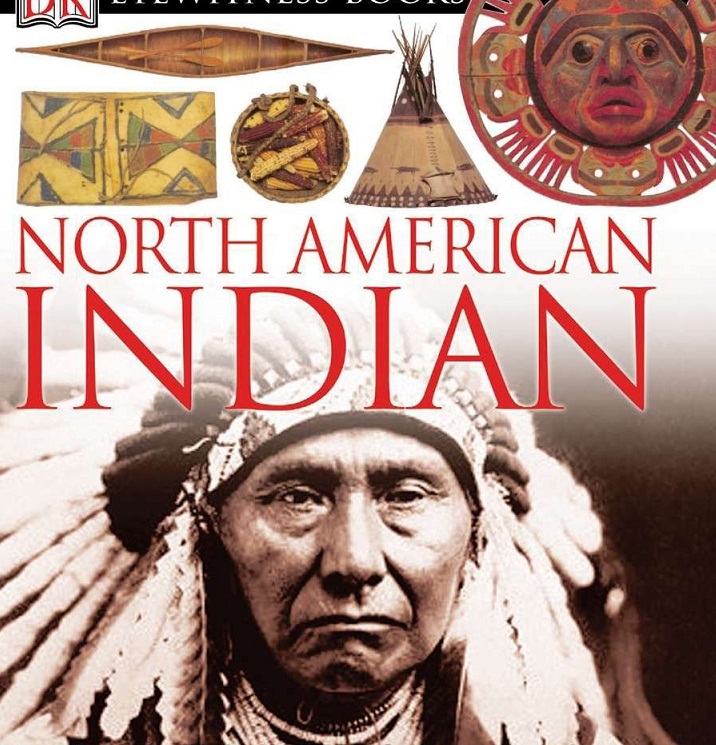
During the sixteenth century, European writers published a number of books about American Indians. In a practice that has continued to this day, many of the authors and illustrators had never actually encountered an Indian (many had never even been to the Americas) and relied upon their imaginations for their descriptions. While we might classify these works as imaginative fictions, they helped to formulate governmental and Christian missionary policies. Even today, fictional accounts of American Indians continue to influence modern politicians, religious leaders, and policy makers more than do the words of actual Indians.
As is the case today, there were some sixteenth-century descriptions of American Indians which were based on actual experience, which were objective, and even somewhat scientific.
The ethnocentric view of American Indians as primitive, inferior, and Satan-worshipping can be seen in the 1523 instructions given to the first 12 Spanish missionaries to New Spain. These instructions told the missionaries that the Indians were under the control of Satan, captive to the vanity of idols, and must be redeemed for Christianity. According to the instructions, the souls of New Spain are
“being unlawfully reaped by the devil and the flesh, Christ does not enjoy the souls that he bought with his blood.”
In 1527, a Spanish invasion force of 600 under the leadership of Pánfilio de Narváez landed somewhere near present-day Tampa, Florida. The Spanish, seeking gold and wealth, set off on a long journey to the north. The Indian nations of the region greeted them with hostility and the Spanish soldiers found that their armor was almost worthless as Indian arrows, tipped with snake-teeth, bone, or flint, penetrated the steel. Finally defeated, the surviving Spanish built five boats and attempt to sail to Mexico but made it only as far as Galveston Island in Texas. Only four members survived: Narváez, Alvar Núnez Cabeza de Vaca, Andrés Dorantes, and a black slave Esteván (also called Estévanico and Esteban). They lived among the Indians of coastal Texas, probably the Karankawa, in a state of semi-slavery for several years, but finally managed to escape and returned to Mexico City in 1536.
In 1543, Alvar Núnez Cabeza de Vaca published an account of his experiences. In this account, he told that he had heard about large towns with large houses to the north and thus he inspired other Spanish explorers to look northward for new lands to conquer.
In 1550, leading Spanish theologians and scholars were called together in Valladolid by King Charles to determine the criteria by which a just war could be waged against Native Americans. Bartolomé de Las Casas presented the idea that Christianity should be spread by kindness and example rather than by the sword. In 1554, Francisco López de Gómara, one of the greatest enemies of Bartolomé de Las Casas, published his Historia general de las Indias (General History of the Indians.) According to historian Lee Huddleston, in his book Origins of the American Indians: European Concepts, 1492-1729:
“The author despised the Indians and filled his volume with outrageous characterizations of them.”
He described Indians as the worst people God had ever made and felt that they should be enslaved because they did not deserve liberty. López de Gómara had never been to America.
In 1576, the English navigator Sir Humphrey Gilbert published a book in which he asserted that North America was an island and that it had formerly been called Atlantis. The following year, Sir Humphrey Gilbert was granted a patent to discover and occupy North American lands not occupied by Spain. Under the legal fiction of the Discovery Doctrine, Christian nations were empowered to occupy any lands which were not under the rule of a Christian monarch. American Indians, of course, were not consulted and were not seen as having any legal rights.
In 1585, two Englishmen – John White, an artist, and Thomas Harriot, an Oxford graduate trained in mathematics and geography – were sent to Virginia to create a full-scale natural history of the country. This was to include descriptions of the people, plants, animals, and landscape. With regard to White’s portraits of Indians, historian Karen Ordahl Kupperman, in her book Indians and English: Facing Off in Early America, writes:
“He was meticulous in attempting to render an exact and sympathetic likeness of the people he had come to know. His Indians were tanned, they assumed postures that looked ungainly in European eyes, and their faces seemed to reflect Asian origins.”
In order to record the Algonquian languages of the area, Harriot developed a new phonetic alphabet to record Indian words. With this the sounds were standardized and anyone who knew the system could pronounce any word written in it.
With regard to the impact of White’s paintings, Abrigail Tucker, in an article in Smithsonian, writes:
“Generations of British historians used White’s illustrations to describe Native Americans, even those from other regions.”
In 1588, Thomas Hariot’s A Briefe and True Report of the New Found Land of Virginia was published. Historian Karen Ordahl Kupperman writes:
“Hariot, with his command of the language, gave a fully rounded picture of Indian life, religion, government, and social structure. He was sensitive to the changes being wrought in that life by the coming of Europeans; he reported the Indians’ agonized bewilderment over the disease that killed so many of them.”
In 1588, the Europeans, firm in their belief that all people descended from Adam and Eve in the mythical Garden of Eden, attempted to explain the presence of Indians in a land far away from where the Garden of Eden was supposed to have existed. In Historia natural y moral de las Indias Spanish Friar José de Acosta postulated that American Indians had arrived in the New World by walking across a land bridge from Asia. He suggested that this migration may have taken place 2,000 years prior to the arrival of the Spanish. This reason was not based on Indian oral tradition or on any “hard” evidence. In his book Bones, Boats, and Bison: Archeology and the First Colonization of Western North America, archaeologist James Dixon writes:
“The reason he held this premise was that he believed that the human species had originated in the Old World based on the teachings of the Bible.”
According to historian José Rabasa, in his book Inventing America: Spanish Historiography and the Formation of Eurocentralism:
“But Acosta also faces the task of explaining how the descendants of Noah became the idolatrous barbarians of the New World. For this he provides a theory of their degeneration to a state of savagery and a posterior reinvention of culture under the tutelage of Satan.”
In 1588, engravings in the book The Great Voyages show Indians which resemble classical European figures. According to historian Karen Ordahl Kupperman:
“The artists simply put American garments and decorations on stock figures from their repertoire.”
In 1591, Theodore de Bry published a multivolume work America, which became the standard reference work on the Americas. The work was illustrated with engravings based on drawings by Jacques Lemoyne. In a chapter in The Changing Presentation of the American Indian: Museums and Native Cultures, Evan Maurer reports that
“…the depictions of Native Americans in de Bry’s America are based on late-Renaissance models, which were themselves inspired by the much-admired classicism of Greece and Rome. These images were among the earliest ‘neoclassical’ portrayals of the American Indian in the romantic guise of ‘the noble savage.’”
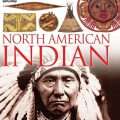
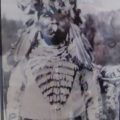
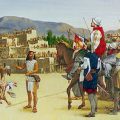
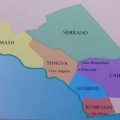
Leave a Reply